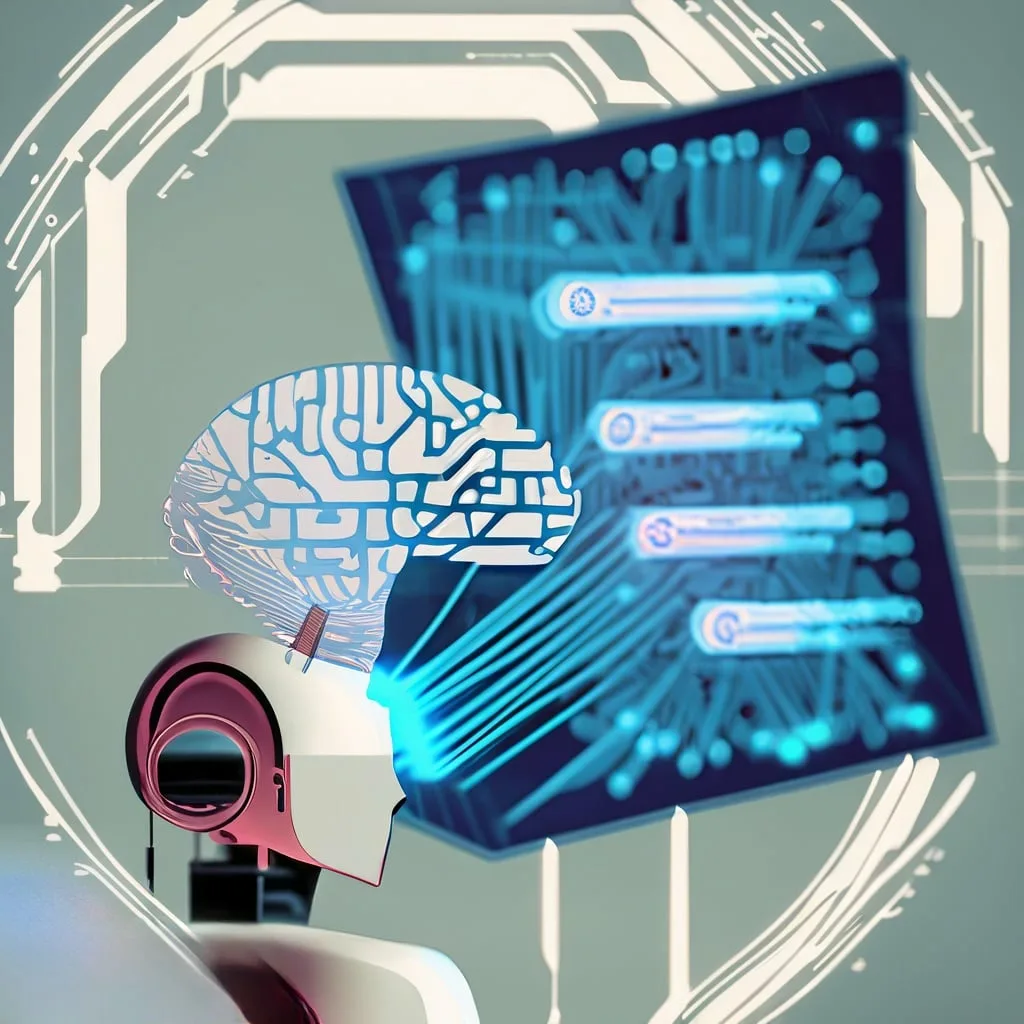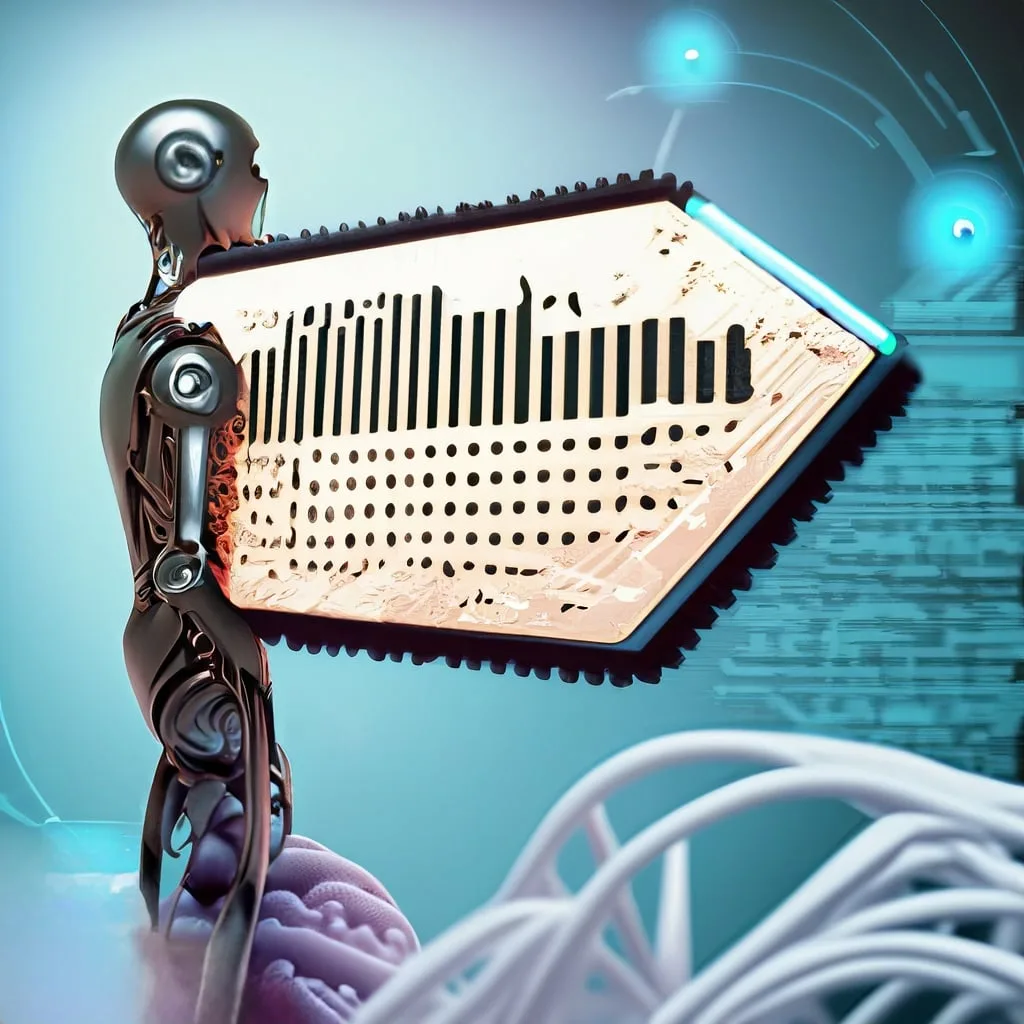
Introduction
Artificial Intelligence (AI) and machine learning have become integral components of modern society, transforming industries, streamlining processes, and offering unprecedented opportunities for innovation. However, along with the immense potential of AI come potential dangers that must be addressed to ensure a safe and responsible future. In this article, we will explore the importance of regulating AI, discuss the safety measures that should be implemented, and offer suggestions on how to create a secure environment for the future of AI.

The Need for Regulation and Safety Measures
As AI and machine learning continue to advance, it is vital to establish regulations and safety measures to minimize potential risks and ensure that these technologies are developed and deployed ethically and responsibly. The following are some key areas in which regulation and safety measures can help mitigate potential dangers and create a secure environment for the future of AI.
- Ensuring Transparency and Accountability: Transparency and accountability are crucial to creating trust and ensuring the responsible development of AI technologies. Regulators should establish guidelines that require AI developers to disclose their algorithms, data sources, and decision-making processes. By promoting transparency, independent audits can assess potential biases and ensure that AI systems adhere to ethical principles.
Safety Measure: Implementing an AI auditing framework that includes standardized reporting requirements and third-party audits can promote transparency and accountability in the development and deployment of AI systems. - Addressing Bias and Discrimination: AI systems have the potential to perpetuate and even amplify existing biases and discriminatory practices if trained on biased data. It is essential to address this issue through regulation and oversight, ensuring that AI technologies are developed and deployed fairly and equitably.
Safety Measure: Encourage the use of diverse and representative datasets in AI training to minimize biases. Additionally, implement measures to monitor AI system outputs continuously, identifying and correcting biases that emerge during operation. - Protecting Privacy and Data Security: As AI becomes more integrated into our lives, concerns surrounding privacy and data security become increasingly pressing. AI-driven technologies can process and analyze vast amounts of personal data, posing risks to individual privacy and security if misused.
Safety Measure: Establish robust data protection regulations that outline the acceptable use of personal data in AI systems, along with strict penalties for violations. Implementing data anonymization techniques and ensuring secure storage of sensitive information can help protect individual privacy while still enabling AI systems to learn and improve. - Ensuring Human Oversight: AI systems should not operate autonomously without human oversight. Ensuring that humans remain in the loop in critical decision-making processes can help prevent AI from making harmful or unethical decisions and provide an essential layer of accountability.
Safety Measure: Develop guidelines that mandate the inclusion of human oversight in the deployment of AI technologies, particularly in areas with significant ethical, legal, or societal implications, such as healthcare, criminal justice, and autonomous vehicles. - Fostering International Cooperation: AI and its potential impact on societies worldwide call for international cooperation in developing and implementing regulations. Collaborative efforts between governments, industry leaders, and international organizations can facilitate the creation of consistent global standards, ensuring that AI is developed and deployed responsibly and ethically.
Safety Measure: Encourage the formation of international regulatory bodies and the development of global AI guidelines to promote cooperation and standardization in AI regulation. - Encouraging Public Engagement: Public engagement in the regulation of AI is essential to ensure that the concerns and interests of citizens are represented in the policymaking process. By involving the public in discussions surrounding AI’s potential dangers and ethical implications, regulators can develop policies that better reflect societal values and expectations.
Safety Measure: Organize public forums, workshops, and online platforms that facilitate open dialogue between policymakers, AI developers, and the public. Encourage feedback and input from citizens in the development of AI regulations and safety measures, promoting a more inclusive and democratic approach to AI governance. - Investing in AI Safety Research: Investment in AI safety research is crucial to identify and address potential risks associated with AI and machine learning. By fostering innovation and growth in the field of AI safety, governments and industry can work together to develop AI technologies that are secure, reliable, and ethically sound.
Safety Measure: Allocate funding for AI safety research and development, both in academia and industry, to support the creation of new safety methodologies, protocols, and tools. Encourage collaboration between AI safety researchers and AI developers to ensure that safety considerations are integrated throughout the AI development process.
Conclusion
The rapid advancements in AI and machine learning bring with them immense potential for improving our lives and revolutionizing industries. However, it is essential to recognize and address the potential dangers associated with unregulated AI. By implementing comprehensive regulations and safety measures, we can ensure that AI technologies are developed and deployed ethically and responsibly, safeguarding the future of AI and creating a secure environment for all.
As we continue to navigate the ever-evolving landscape of AI and machine learning, it is our collective responsibility to ensure that these powerful technologies are harnessed for the greater good of humanity. By fostering international cooperation, promoting public engagement, and investing in AI safety research, we can shape a future where AI serves as a force for positive change, rather than a source of danger and insecurity. By working together to create a responsible and secure AI environment, we can unlock the full potential of AI and pave the way for a brighter, safer, and more prosperous future for all.